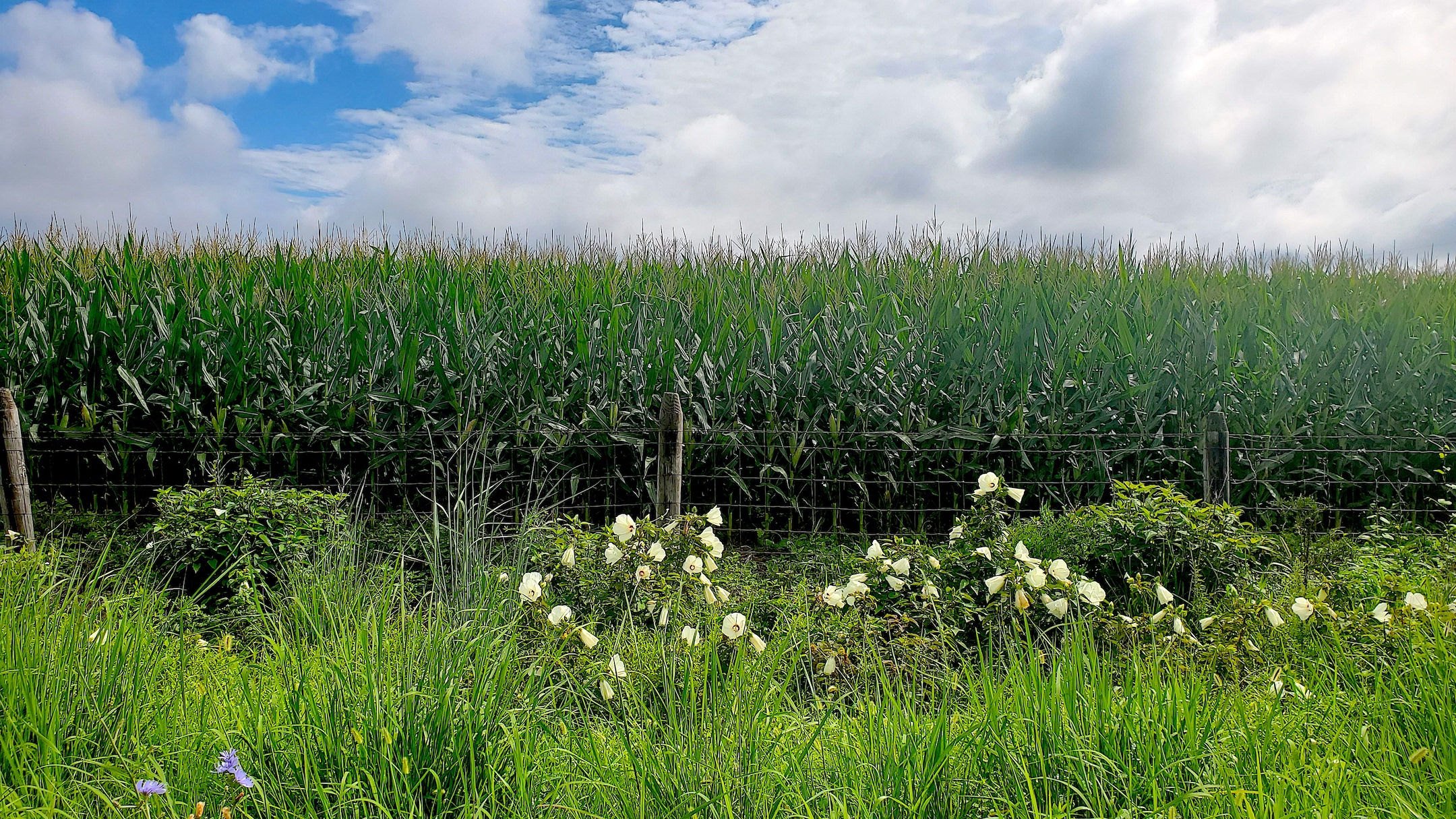
By Karen Cohen
Well, we might have noticed the lack of colorful, frolicking butterflies this year in our garden. I noticed immediately because last year, my butterfly bush was filled with, guess what? Butterflies galore! We intentionally grow milkweed for the butterflies, and those plants appeared in abundance in our fields, went to seed, and then died down, all without any visits from monarchs. I noted two yellow swallowtail butterflies flitting about on two different days.
Apparently, many butterflies have taken a vacation. Let’s hope it is not a permanent one.
According to the Center for Biological Diversity’s March 2023 report, their annual count of migratory monarchs showed a decline of 22% from last year. That adds up or counts down to ¼ less monarchs. The monarchs, with their easy to identify black and orange wings, are snow “birds” of sorts since they winter in Mexico. This report uses the dreaded E word- extinction. Monarchs are being added to that extinction list as of 2024 unless a drastic improvement in their population occurs, and quickly.
At the end of every summer, the monarchs make their journey from the northern United States and southern Canada all the way to the forests in central Mexico. What have we done to halt this migration? Spraying insecticides doesn’t only kill the bad bugs, remember that! It kills caterpillars, too. Then there’s the herbicides, like the chemicals used along roadways, which kill everything in its path and turn all sprayed plants brown, dried up, and plain dead. This results in a loss of habitat, breeding, and food for insects. According to this Center, about 165 million acres of monarch’s “stomping grounds” have been destroyed by herbicides and development. Extreme weather, such as high windstorms and torrential rainstorms along with wildfires all contribute to destroying vegetation and animal and insect habitats.
Research also tells us that smoke can “choke” plants. The tiny particles that float in the air during fires can land on plants and block their openings that are used to basically breathe. Plants need to be free of ash and dust to inhale carbon dioxide and release oxygen. On the pro side for fires, studies show that soil fertility can be raised by low intensity fires. Some agricultural methods farmers use involve fire as a means to remove weeds to prevent disease and pests. Farmers also burn their orchard trimming of branches and vineyard prunings to kill off disease. In many US farmlands and even in the mountains and national forests of West Virginia, controlled fires help to remove dead grass and plants that can spread wildfire when not under control.
So what about climate change? How is that affecting the monarchs? Monarchs hibernate in the winter. We’ve had some very low temperatures and then a heat wave mid winter in 2023 and the cold blooded butterflies, caterpillars, and their food source, milkweed, can’t survive that swing of temps. When the degrees drop to below freezing, the butterflies also freeze. Check out this website for some tips on feeling monarchs and which ingredients to use. Fresh fruit in small chunks is the best, natural food for insects and even humans!
Visit https://monarchwatch.org/space/maintaining-monarchs.html for an educational, printable flyer containing information on maintaining adult monarchs.
What can we do to help the survival of monarch butterflies?
1. Do not use pesticides. Pesticides are a substance used for destroying insects or other organisms. Chemicals that kill mosquitoes, for example, kill many other types of bugs.
2. Do not use herbicides. Herbicides are substances used to control and kill or inhibit plant growth.
3. Allow milkweed, goldenrod, wild asters, and milk thistle to grow freely. Insects use these plants to lay their eggs and as a source of nectar.
Why do we need monarch butterflies? The biggest factor is that they are important pollinators. Pollination directly affects our own food sources. Unless you want to get out in the fields or your own backyard garden to pollinate your blueberries, sunflowers, potatoes, or apple trees with your own hand, then realize that we need flying insects like bees, butterflies, and even birds to do their pollination chores to keep our supermarket shelves stocked with produce. It’s not an arbitrary choice on our part; it is mandatory.
(Karen Cohen is a chemical free gardener and welcomes your tips, comments and ideas. If you would like to join the Greenbrier County, local home garden tours held every month, please contact: natureswaykaren@gmail.com, and Happy Gardening!)

